By Iacovos Iacovides, APC Sports Consulting Ltd
Last June the Intercollegiate Athlete Compensation and Rights Bill was signed into Law in Florida, by the state’s Governor Rick DeSantis. Florida’s move is the latest development of a precedent set by California, but certainly not the last as numerous states have similar bills in the legislative queue. What these laws do is simple: allow college athletes to profit from the use of their name, image, and likeness. Such laws are a direct assault against the so-called NCAA amateurism criterion which prohibits athletes from doing just that. The NCAA has for decades profited off of athletes while at the same time denying them a fair share of those profits. However, it seems that the trend is now irreversible and that the NCAA will to some extent modify its rules vis-à-vis amateurism. What can this mean for female athletes?
The most obvious and possibly game-changing effect will be the opening of fresh investment avenues. Female sports have always lacked the attention and money that are being poured into male competitions but there is at the moment a lot of momentum around gender equality both politically and socially. There are legislative attempts on a local, national and supranational level striving to promote gender equality in sports on top of the various social justice projects around the world, in all strands and lengths of society. Even if someone is purely motivated by financial gain, the moment is ripe to invest in the largely unexploited and underdeveloped market of female sports.
Women athletes will also have a chance to reap the immediate benefits associated with the legislation. If male athletes have a hard time turning pro after college, with only a small percentage making it, the picture is even grimmer for female athletes. It is in real-terms more damaging for women athletes to be denied the opportunity to make money in college. This legislation can help women make as much money as possible while in college. We are living in a world defined by social media and celebrities opting to live outside of social media, do not have the same exposure as those who do. With some creativity and imagination, building a social media presence can open up a variety of options for women athletes. The fact that they are in college means that they also have a pre-existing college student audience to draw from and use as a stepping stone for further opportunities. Even if they do not manage to turn pro, a sound social media strategy can come in handy in building a brand outside of sports.
College sports will assume an image which resembles professional sports and turn into some kind of “school” of what comes next. On one hand, athletes will start earning some money early on which can smooth the transition between college and professional sports, and which could go a long way in mitigating the “sudden wealth” effect. In other words, athletes will have to engage with concepts such as budgeting, saving and possibly investing, during their college years. With more options come more choices. To navigate those choices, athletes will be able to take advantage of the services of advisers. Advisers, if chosen carefully, can help college athletes thrive and maximize the opportunities presented to them.
Although the effects of the relaxation of the amateurism criterion can be liberating for female athletes, it will depend to a great extent on what steps will be taken next. It is possible that instead of fresh funds being poured into female sports, we will witness massive funnelling of money into male competition that will further exacerbate existing inequalities. There are indications that the latter might occur. According to studies, a great number of colleges spend more on men’s sports than women’s sports and most of them spend more on scholarships for male athletes than female athletes, despite the requirement of Title IX that money spent on male and female sports should be proportional to campus population.
In economic terms, the safest option for an investor will be to go with male athletes because that is where they will reap short-term, higher returns swiftly, even if in the long-run, investing in female sports can potentially be more profitable. In short, if we are to see positive results for female athletes, there will need to be some mechanisms or incentives to direct people to female sports, instead of leaving it entirely upon the market to ensure that.
Relaxing the amateurism criterion can be good news for athletes and women athletes in particular. It will encourage new investment in college sports and create new opportunities for athletes to not only profit financially, but also develop their image and skills that come with it. Moreover, it will ease the transition from college to professional sports for those who will make it. On the other hand, existing trends and inequalities in relation to gender may be aggravated instead of alleviated. This implies that if the new reality is to have a positive social effect, it should not be in a free-for-all framework.

